NASA Astronomy Picture of the Day 29 April 2023: Stunningly rare Solar Eclipse snapped at sea
NASA Astronomy Picture of the Day for 29th April shows a stunning view of Solar Eclipse from a ship.
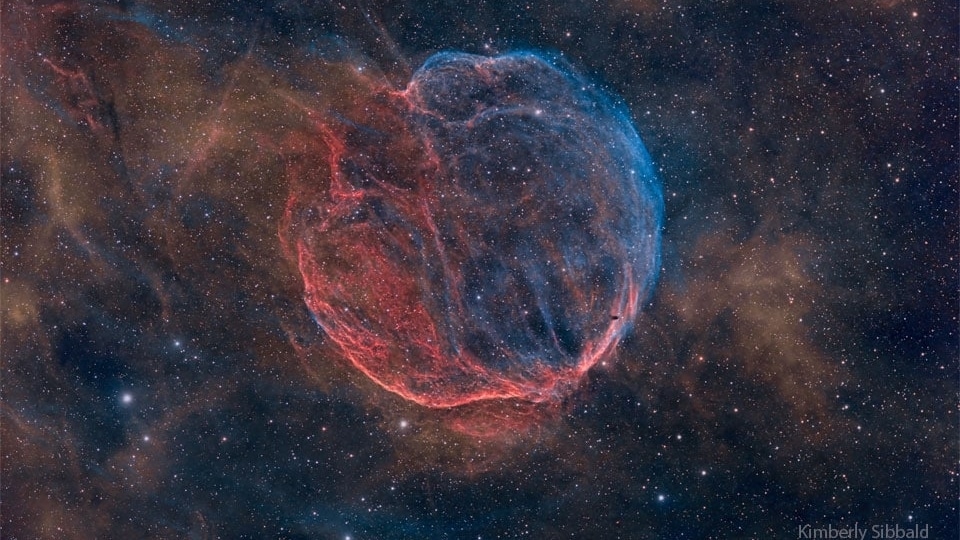
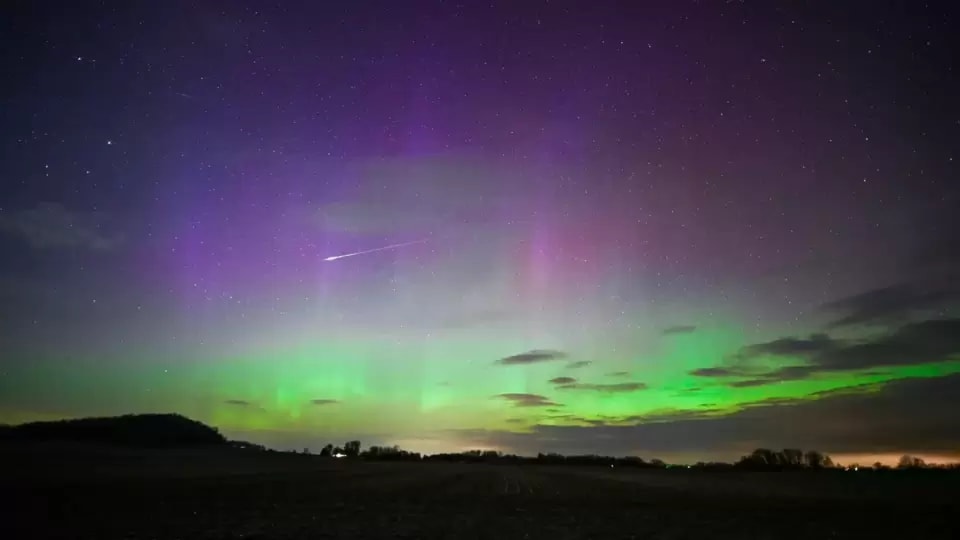
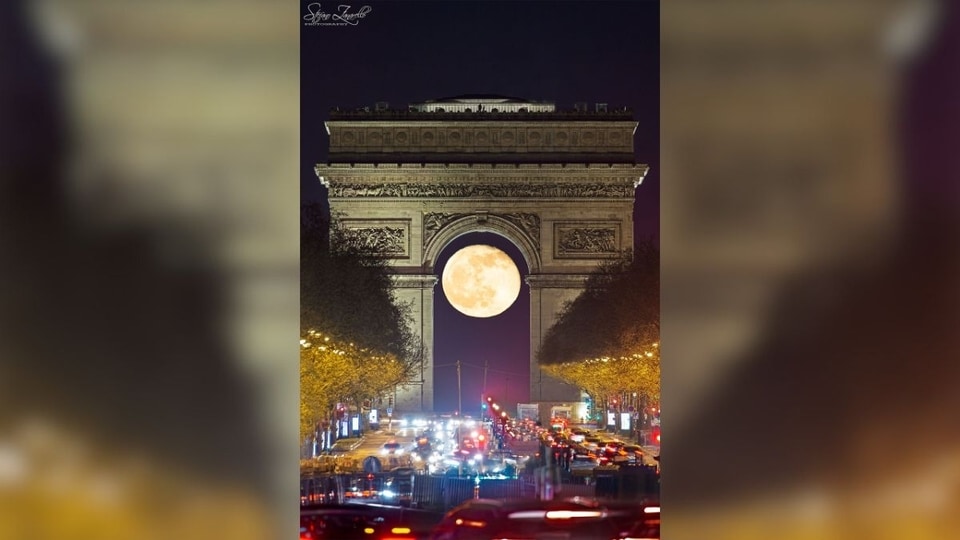
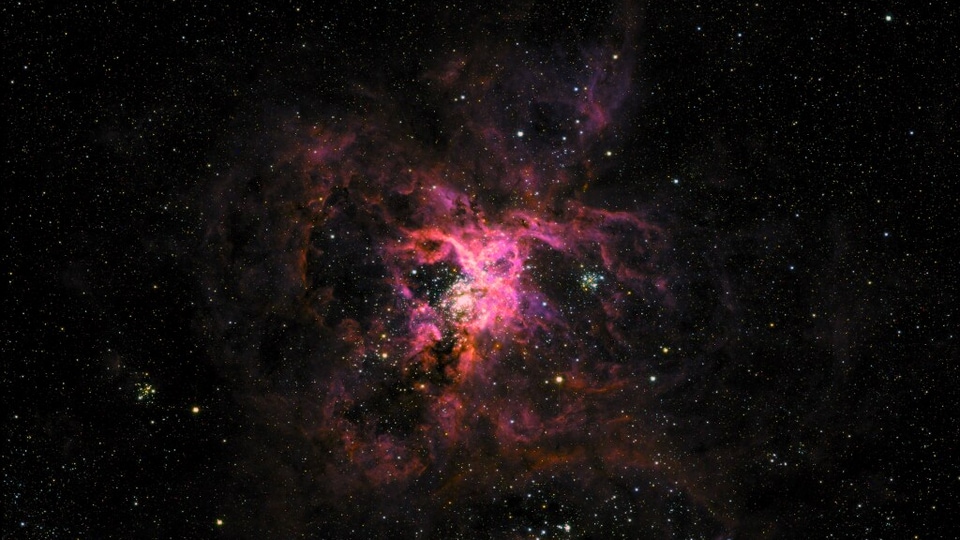
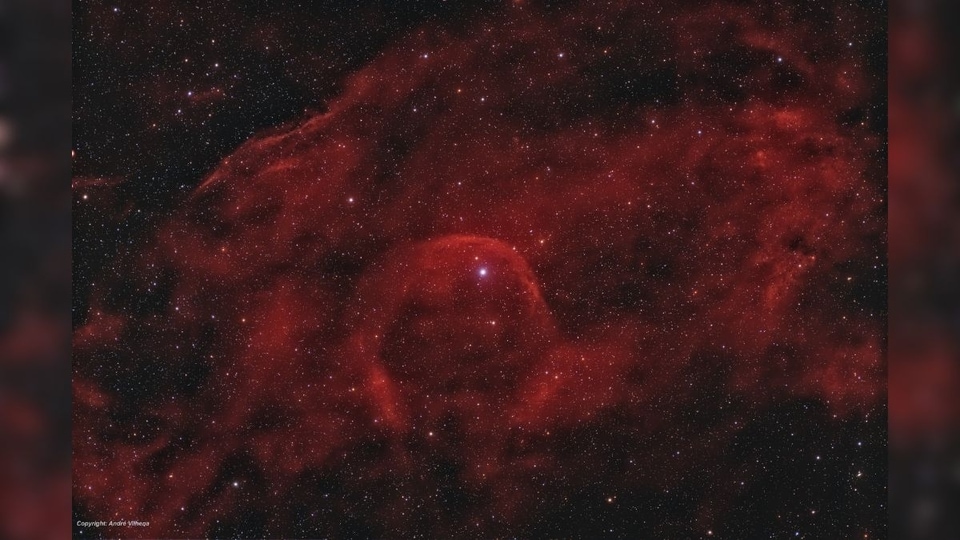
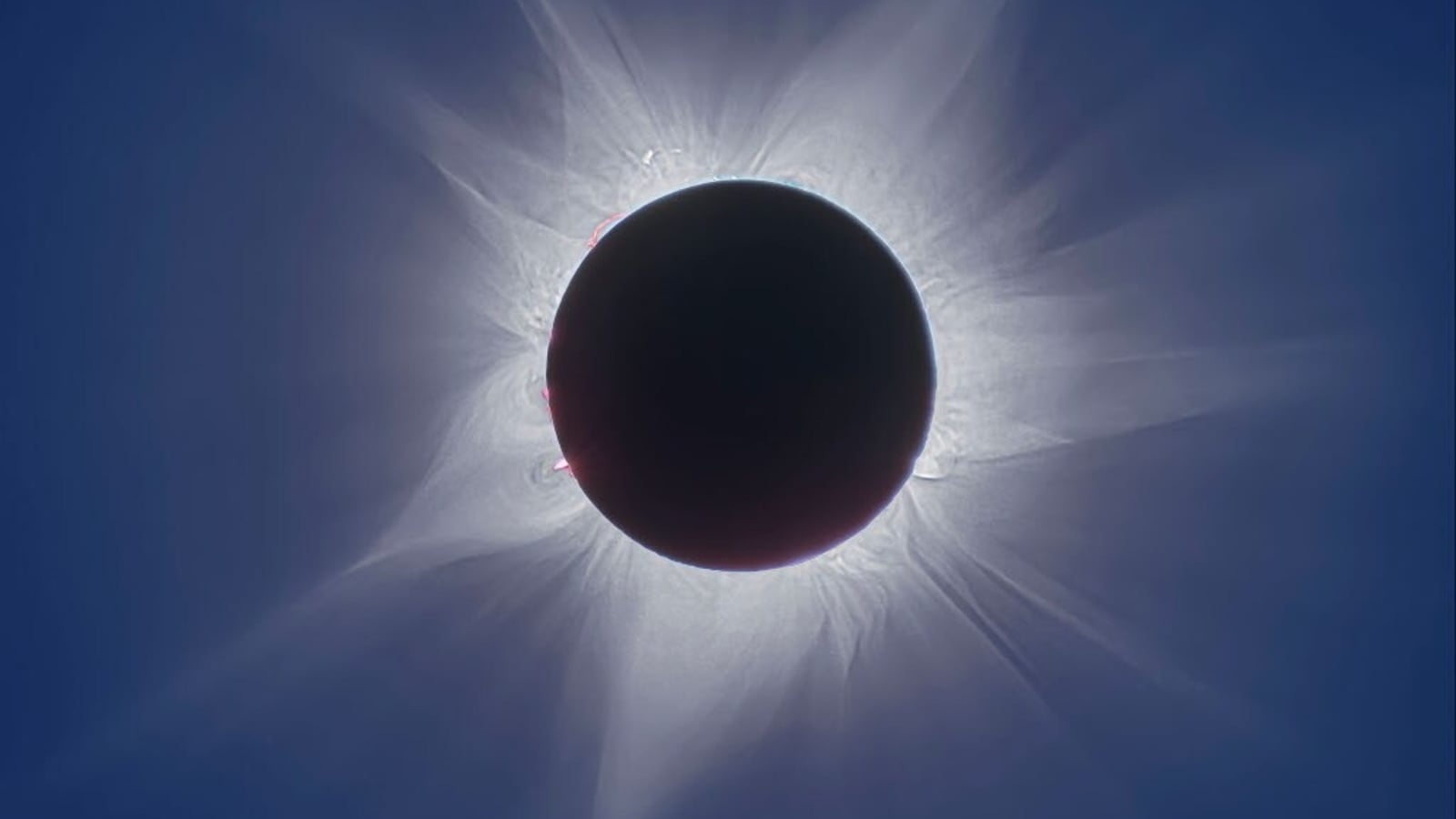
 View all Images
View all ImagesWhen the Moon passes between the Sun and Earth at a precise moment, a solar eclipse occurs. Depending on the position of the Moon, it may only partially block the Sun's light, resulting in a partial solar eclipse, or completely block it, causing a total solar eclipse. During a solar eclipse, the Moon's shadow is cast onto a portion of the Earth. A few days back, a rare solar eclipse occurred. During this time, several astrophotographers captured breathtaking images.
One of these stunning images has been shared by NASA today. This image taken from a ship depicts the solar corona, the stunning outer atmosphere of the active Sun, as it streams out into space during the eclipse. "Along a narrow path that mostly avoided landfall, the shadow of the New Moon raced across planet Earth's southern hemisphere on April 20 to create a rare annular-total or hybrid solar eclipse," NASA explained while sharing the photo.
NASA's explanation of Solar Eclipse image
Anchored near the centerline of the total eclipse track in the Indian Ocean off the coast of Western Australia, eclipse enthusiasts on a ship experienced 62 seconds of totality. To capture a broader range of brightness and follow the details of the corona, a composite of 11 exposures ranging from 1/2000 to 1/2 second was taken, revealing features that are not easily discernible during the total eclipse phase.
Lunar Eclipse SOON!
NASA has also informed that on May 5, 'the next Full Moon will just miss the dark inner part of Earth's shadow in a penumbral lunar eclipse.' NASA explained that in a lunar eclipse, the Earth obstructs the Sun's light from reaching the Moon. As a result, a full moon may appear to fade away during the night as the shadow of the Earth covers it up. To differentiate between solar and lunar eclipses, this should be known that the Sun gets darker during a solar eclipse, while in a lunar eclipse, the Moon gets darker.
Catch all the Latest Tech News, Mobile News, Laptop News, Gaming news, Wearables News , How To News, also keep up with us on Whatsapp channel,Twitter, Facebook, Google News, and Instagram. For our latest videos, subscribe to our YouTube channel.





























